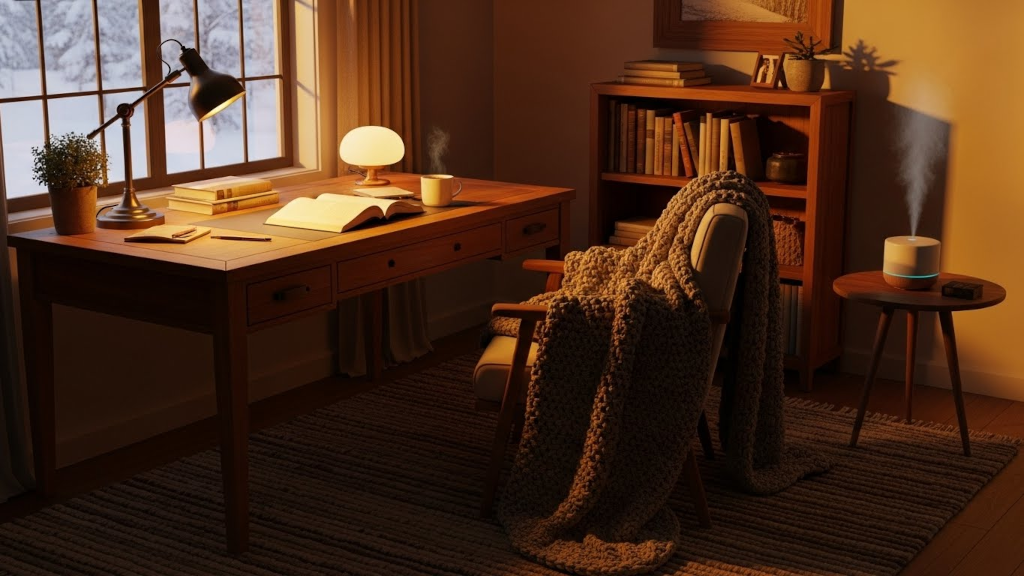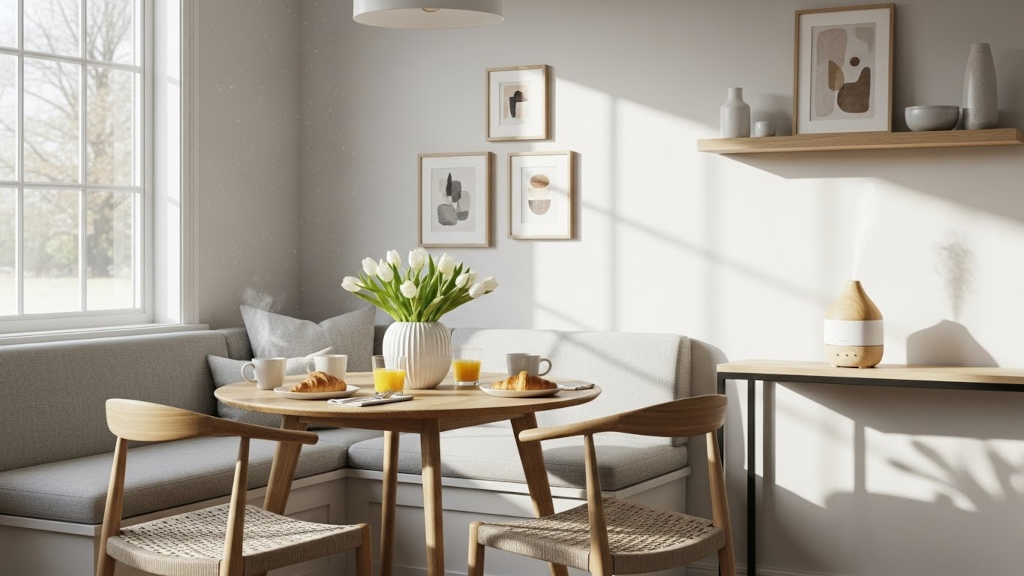A familiar aroma creates comfort, stability, and emotional grounding. It shapes the atmosphere of your space and becomes part of your daily rhythm. Over time, even a favorite fragrance can lose its presence or feel misaligned with your mood. Recognizing when it is time to refresh your scent choices helps maintain balance and supports the intention you set within your home.
This guide explains the signals that suggest a change is needed, why these sensory shifts occur, and how to transition to a new aroma with ease.
Understanding the First Signs of Scent Fatigue
Scent fatigue is a natural human response. The sense of smell adapts quickly, and continuous exposure to the same notes can cause the fragrance to fade from awareness. This does not indicate a malfunction. It simply reflects how your brain filters familiar information.
A Diminished Sense of Presence
You enter a room and barely notice the aroma that once felt vivid. The environment may feel softer or less defined, even though your cold air diffuser is running as expected.
A Need for Stronger Output
You may be tempted to increase fragrance levels or add more oil than usual. In most cases, the diffuser is functioning normally. Your senses have adapted to the familiar scent profile.
A Shift in the Atmosphere
The room may feel flatter or less expressive. The aroma may no longer lift the space the way it once did. These subtle changes often signal that the blend is no longer supporting the environment in the same way.
These early cues serve as gentle reminders to check in with your senses. Introducing a refreshed scent can restore dimension and bring renewed energy to your space.
How to Transition to a New Fragrance Smoothly
Switching from one aroma to another works best when done gradually. A slow transition supports both the clarity of the fragrance and the comfort of your senses.
Allowing the Previous Scent to Fade
Give your current aroma time to dissipate before introducing a new one. This allows for a clean shift without competing notes.
Cleaning Your Cold Air Diffuser
A thorough clean prevents lingering undertones and ensures that the new fragrance shines clearly. Running a cleaning cycle each time you change bottles supports accurate scent delivery and prevents muddiness created by residual oils within the internal straw or nozzle.
Testing the New Fragrance in One Room
Trying the upcoming fragrance in a smaller space helps you understand how it interacts with airflow, light, and daily movement. Bedrooms, offices, or reading corners often reveal a scent’s character most clearly.
Rotating a Small Core of Fragrances
Using two or three fragrance options throughout the month reduces adaptation and keeps the atmosphere fresh. This rotation can shift with seasons or emotional needs such as grounding, renewal, or mental clarity.

Simple Scent Rotation Ideas
Rotating fragrance families helps the senses stay responsive and prevents your aromas from blending into the background.
If You Enjoy Warm Vanilla or Woody Notes
Switch to a brighter blend with citrus or green tea notes for one week. This contrast resets the atmosphere and allows the warmth to feel rich again when reintroduced.
If You Use Heavy Floral Scents
Move temporarily to clean linen or aquatic fragrances. The airy freshness helps restore your sensitivity to florals.
If You Prefer Spicy or Holiday-Inspired Blends
Transition to herbal or eucalyptus notes to calm the space and prepare your senses for the next seasonal rotation.
These gentle shifts prevent over-familiarity and keep each fragrance feeling expressive and intentional.
When Your Mood and Energy Begin to Shift
Your emotional state naturally influences how you perceive fragrance. A scent that once grounded you during a demanding season may feel heavier once life slows down. A crisp aroma that once supported focus may feel too sharp when you are seeking rest.
These changes simply indicate that your personal rhythm has evolved.
Emotional Alignment
If a scent no longer reflects your energy, it may be time to update it. Aroma acts as an emotional anchor, and when that anchor no longer matches your inner pace, a new choice restores harmony.
Evolving Daily Routines
Your morning rituals, work patterns, and evening habits often shift over time. A fragrance that worked well in one stage of life may not complement your current schedule. Adjusting your scent to match these rhythms creates a more supportive environment.
Fragrance becomes a mirror of your internal world. When the emotional tone of a scent no longer matches your daily needs, a change reintroduces clarity and balance.
Environmental Cues That Encourage a Scent Refresh
Your surroundings can also indicate when your home is ready for a new aromatic direction.
Seasonal Transitions
Airflow changes with temperature shifts. Light florals may diffuse more quickly in warm seasons, while deeper base notes feel more comfortable in cooler months. Adapting your fragrance to these natural shifts improves harmony within the space.
Clean and Reset Moments
After tidying or reorganizing, refreshing your scent enhances the sense of renewal. A new fragrance completes the feeling of a clean slate.
Light and Airflow Changes
Natural light influences how fragrance is perceived. Bright afternoons support airy notes, while evenings pair well with softer, more grounded aromas. Paying attention to lighting helps you select scents that feel cohesive and balanced.
Quick Troubleshooting Guide
If your fragrance suddenly feels different and you are unsure why, use this simple reference.
| Issue | Likely Cause | Solution |
|---|---|---|
| Scent seems weak | Olfactory fatigue | Switch to a contrasting fragrance family for 5 to 7 days. |
| Scent smells stale | Residue in the nozzle | Run a cleaning cycle with rubbing alcohol to clear the internal straw. |
| Scent feels flat | Poor airflow placement | Move the diffuser to a location with improved circulation. |
This guide helps identify the cause and suggests practical adjustments.
Trusting Your Instincts When Choosing the Right Time
There is no fixed schedule for changing your scent. You will naturally sense when the moment arrives. You may walk into a room and feel that the aroma no longer enhances the environment. You may notice that it does not reflect who you are right now.
Trust those impressions.
Updating your fragrance reconnects you with your space. It supports clarity when needed, offers calm when desired, and adds energy when appropriate. Most importantly, it keeps your home aligned with the way you want to feel.
Your instincts already recognize when a shift is overdue. The right fragrance brings that awareness into focus.








